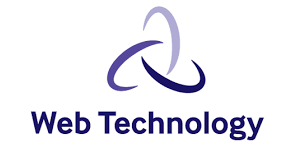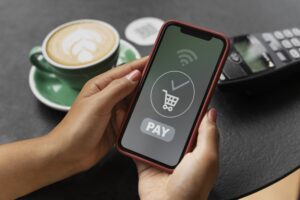
What Is Identity Verification?
Identity verification is a process used to confirm a user’s identity; to authenticate that person is exactly who they say they are. It has been around for a lot longer than you may think.
It is not unusual to show our passport when we travel abroad, or our driver’s licence when opening a bank account. Manual identity verification has been the most common way we prove who we are for a long time, but as we shift more and more of our lives into the online space, digital identity verification is becoming the way we identify ourselves.
It is a requirement for almost all online transactions. Whether applying for an official document or purchasing something from an online shop, these businesses will use specific tools to authenticate the user.
We use identity verification methods to authenticate someone in various businesses and institutions, such as social media and dating apps, and E-Learning services, but one of the industries that benefit the most from identity verification is the world of banking and finance.
Why Do We Need Identity Verification in Banking?
Identity verification plays a huge role in the banking and finance industry. Banks use identity verification methods right at the start of the process, usually when someone is opening up a bank account. ID verification is used during other transactions too, such as opening up a credit card, mortgage applications, high-risk transactions and many other services.
In the digital age we live in, most banks and financial institutions are being pushed to operate and conduct interactions online. There has been added pressure from the COVID-19 pandemic too, which has seen a number of services shift from traditional face-to-face interaction to the online space. With the obvious nature of money and assets being at risk, the use of strong verification methods in the banking world is integral to protecting both the customer and the business.
Identity theft, fraud, and cybercrime are widespread in the online world, and identity verification tools provide the barriers that eliminate these risks.
Perhaps even more importantly, global regulators within the industry have strict policies relating to identity verification methods. Banks and financial institutions can risk fines and legal action if they do not follow the rules and regulations set out.
Strict regulators have been set up for banks, such as Know Your Customer (KYC) and Anti Money Laundering (AML). The Know Your Customer process involves authenticating the user at the very first stages of the interaction, and at every interaction thereafter using a variety of identity and authentication verification tools that meet these regulations.
Using advanced identity verification methods provides customers with a strong level of trust and reliability in the business. Enhanced levels of trust will lead to high levels of satisfaction and customer loyalty in the future.
How Do Banks and Financial Institutions Verify Identity?
There are several ways that a bank can verify the identity of a person using today’s technological tools:
- Document and database verification – official ID documents, such as passports and driving licences are authenticated against public and private databases.
- Biometric data – biometric data is based on individual biological characteristics that are unique to a person, such as a fingerprint or specific facial features. Apple is perhaps one of the most well-known companies to adopt this feature, with the implementation of fingerprint technology to unlock the phone.
- Face and video verification – using biometric data, face verification can be verified against official ID forms such as a passport or driving licence using a photograph or video.
- One-time passcode verification – single-use codes which expire after a certain amount of time will be sent out via SMS or email which the user must verify.
- Liveness detection – advanced tools which use biometric data and analyse the background subject of videos to verify identity, and detect possible fakes.
Banks and financial institutions follow a set of digital identity verification guidelines, which provides them with all the information they need to determine that the user accessing a service is who they say they are.
This involves gathering a variety of details. Information that the user already knows, such as passwords, account numbers, pin numbers and secret answers, information that they have, such as ID cards and bank cards, information unique to the customer, such as biometric measures, and finally where the customer is, so the location of the device, IP address or geolocation.
Using all of these details, a bank can authenticate and verify that the user is genuine. Of course, all of this information gathering takes time and causes friction for the customer. A major challenge for banks is to ensure that the process is as smooth and clear for the customer each and every time they need to access a service.
They should invest in smart solutions that are using the best and most advanced technology available on the market. OCR Labs is one such company that is “focused on making user verification effortless through technology”. Using the most up-to-date tools such as liveness detection in video verification, and biometric data, they aim to provide the tools needed for a smooth and seamless authentication process.
Banks and financial institutions should spend time and money getting up-to-date with advances in identity verification processes. Choosing the right tools and methods will ensure the utmost protection for both the customer and the business.





